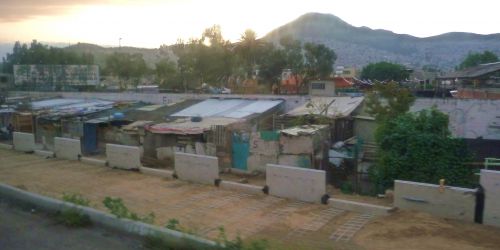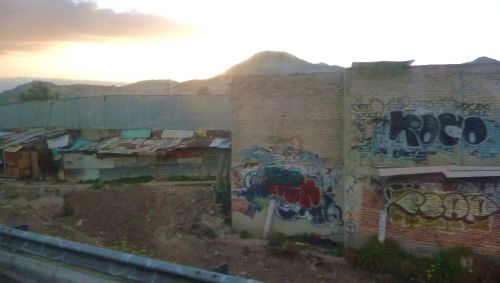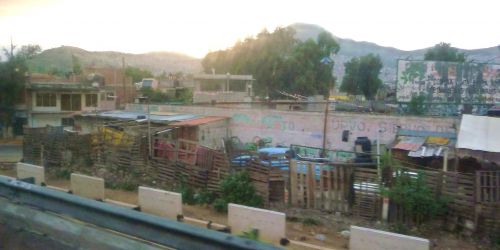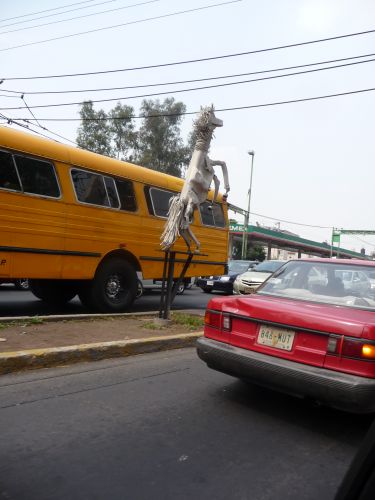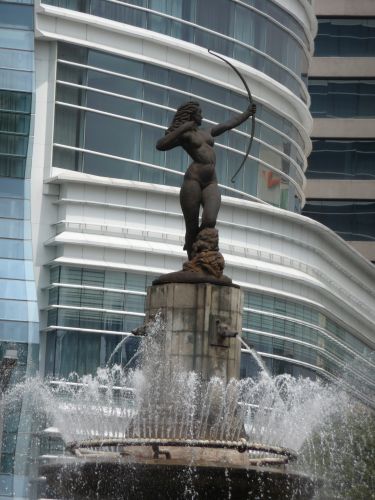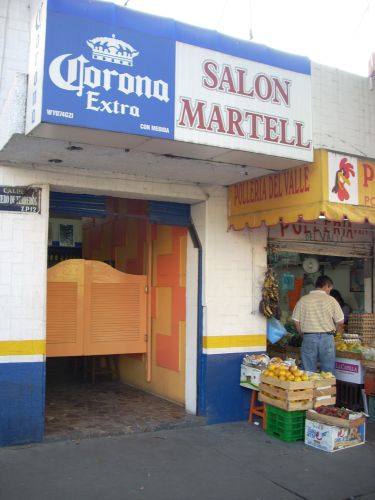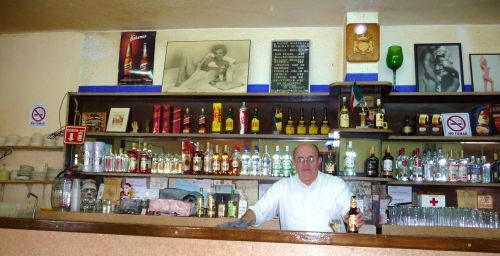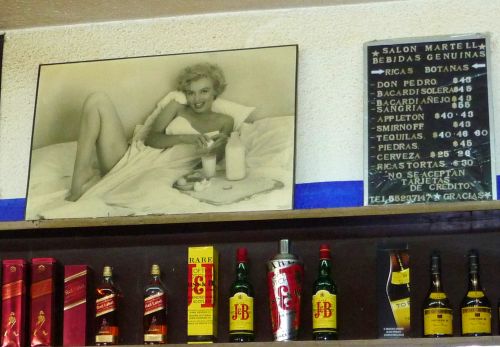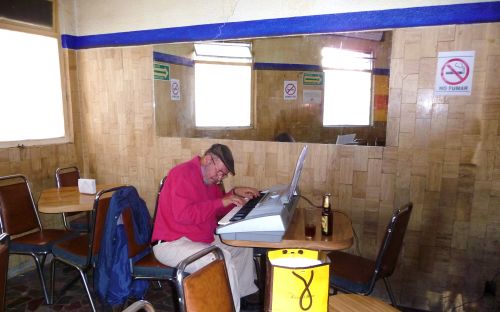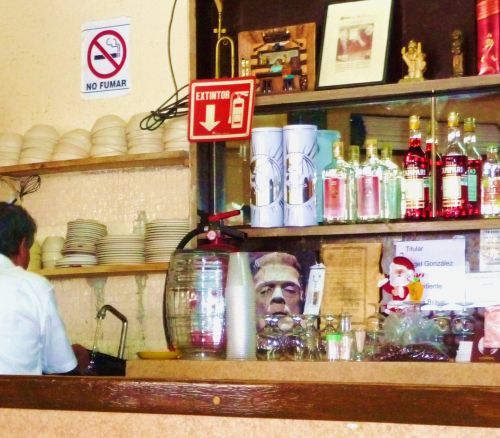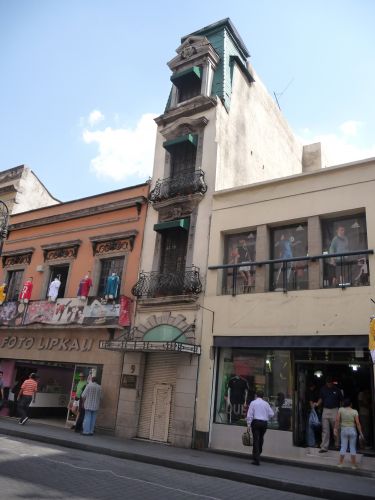Roughly half of the citizens of greater Mexico City live at or below the poverty level. Most of them are in endlessly extending outskirts, in one-story buildings of grey brick and cement, rebar popping from the roof for that hope-springs-eternal day in the future when a second floor might be built. The great majority of those who live privileged lives in the central areas of the Federal District are blithely unaware of the reality of the urban sprawl here.
Many who live in the outskirts do not precisely get a complete nutritional package on a daily basis. Still, if anyone dies of hunger in Mexico City it is an anomaly. If those on the oustkirts live in a way that would be considered marginal in the U.S., Canada or most of Europe, they are doing better than the billion or so humans in the world who go to bed hungry every night. There are few homeless here. Virtually the entire metropolitan area is electrified, has running water, garbage collection and a host of services, however incomplete or irregular.
Unlike some other sections of the country, most in Mexico City tread water at the poverty level but don't sink under its weight. Once in a while, almost miraculously, someone even manages to crawl his way out of it.
(These photos were taken in Mexico State, on the edges of the urban sprawl. The poverty in some sections of Mexico State has been compared by the U.N. to Africa's.)
